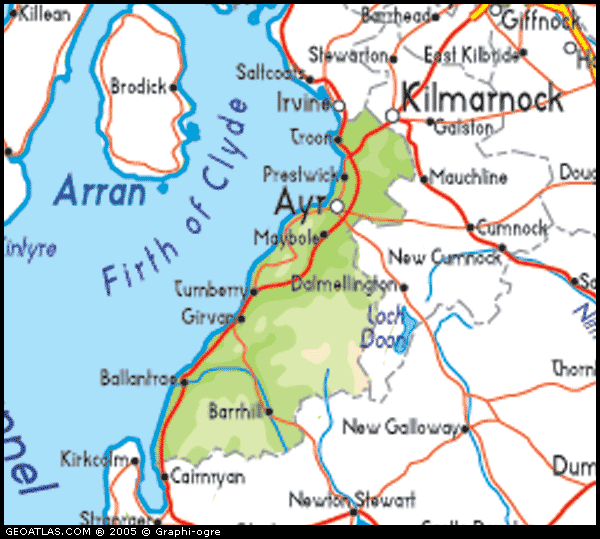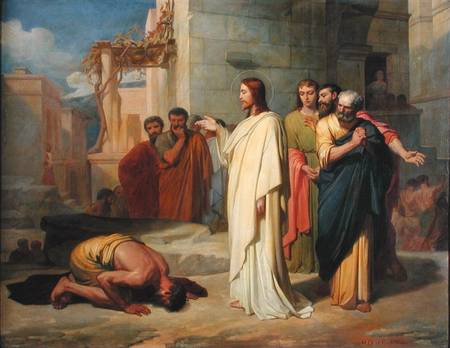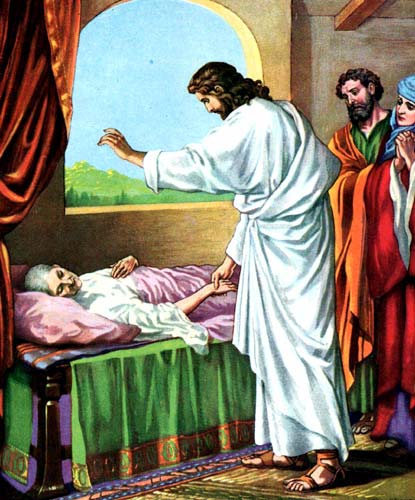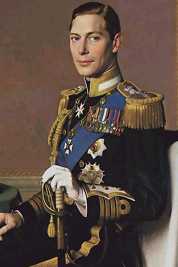"BERWICKSHIRE is of an irregular square form, bounded on the N. by East-Lothian; on the E. by the German Ocean; on the S. by the river Tweed, and the English border; and on the W. by the counties of Roxburgh, Peebles and Mid-Lothian. Its extent in length may be stated at 34 miles, and its breadth 19. This county is nominally divided into 3 districts, viz. Lauderdale, Lammermuir and Merse or March. The first is that opening or valley in the Lammermuir hills, through which the river Leader runs. Lammermuir comprehends the ridge of hills which separate this county from East-Lothian, extending from the head of Leader water to the sea, below the town of Berwick. The Merse or March includes that fertile and populous plain, stretching from the hills, along the banks of the Tweed. Berwickshire contains one royal borough, viz. Lauder; and several large towns and villages, as Dunse, Coldstream, Coldingham, Ayton, Eyemouth. It is divided in to 32 parochial districts: and contains, by the late enumeration in 1801, 30206 inhabitants." from Gazetteer of Scotland published 1806, Edinburgh.
Time for our hymn.
The glory of these forty days
We celebrate with songs of praise;
For Christ, by Whom all things were made,
Himself has fasted and has prayed.
Alone and fasting Moses saw
The loving God Who gave the law;
And to Elijah, fasting, came
The steeds and chariots of flame.
So Daniel trained his mystic sight,
Delivered from the lions’ might;
And John, the Bridegroom’s friend, became
The herald of Messiah’s Name.
Then grant us, Lord, like them to be
Full oft in fast and prayer with Thee;
Our spirits strengthen with Thy grace,
And give us joy to see Thy face.
O Father, Son, and Spirit blest,
To thee be every prayer addressed,
Who art in threefold Name adored,
From age to age, the only Lord.































